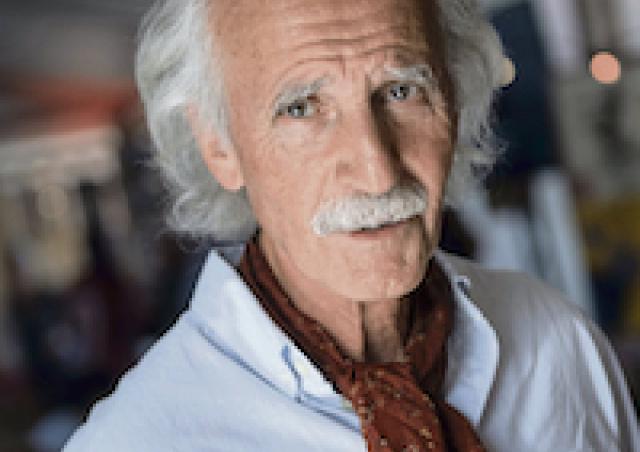The small interfering RNA pathway constitutes a pivotal antiviral defense against RNA viruses in insects, functioning through RNA interference mediated by Ago2-guided cleavage of viral genomes. This systemic mechanism requires the recognition and transport of double-stranded RNA (dsRNA) of viral origin. Despite the known cellular uptake of dsRNA through endocytosis, the specific protein(s) responsible for this internalization remain elusive. Here, we investigate the role of Hsc70-4, a cytosolic protein known for its chaperone activity, as a potential cell surface receptor or co-receptor for dsRNA internalization in the insect model Drosophila melanogaster. Immunofluorescence assays were conducted on permeabilized and non-permeabilized S2 cells using a specific anti-Hsc70-4 antibody to determine its subcellular localization. Permeabilized cells exhibited cytoplasmic and plasma membrane staining, whereas non-permeabilized cells showed punctate staining on the outer surface of the plasma membrane, indicating the presence of Hsc70-4 in the cell surface. To assess the role of Hsc70-4 as a receptor/co-receptor for dsRNA uptake, we employed immunofluorescence and luciferase-based silencing assays. Pretreatment of S2 cells with anti-Hsc70-4 antibody significantly reduced the internalization of Cy3-labeled dsRNA, suggesting Hsc70-4's involvement in the uptake process. Luciferase assays revealed a direct correlation between antibody concentration during pretreatment and decreased silencing efficiency, further supporting Hsc70-4's role as a dsRNA receptor. Finally, we evaluated the ability of Hsc70-4’s to bind dsRNA in vitro using electrophoretic mobility shift assays and found that Hsc70-4 binds specifically dsRNA in a sequence independent manner. Altogether, our experiments provide evidence that Hsc70-4 is expressed on the cell surface of drosophila cells where it may act as a receptor for extracellular dsRNA. These finding constitutes a previously undescribed function for Hsc70-4, and sheds light on the molecular mechanisms underlying insect antiviral defense.
Invited by Suzanne Faure-Dupuy, Alberto De la Iglesia and Hugo Barreto, as part of the Post-doc seminar series.











